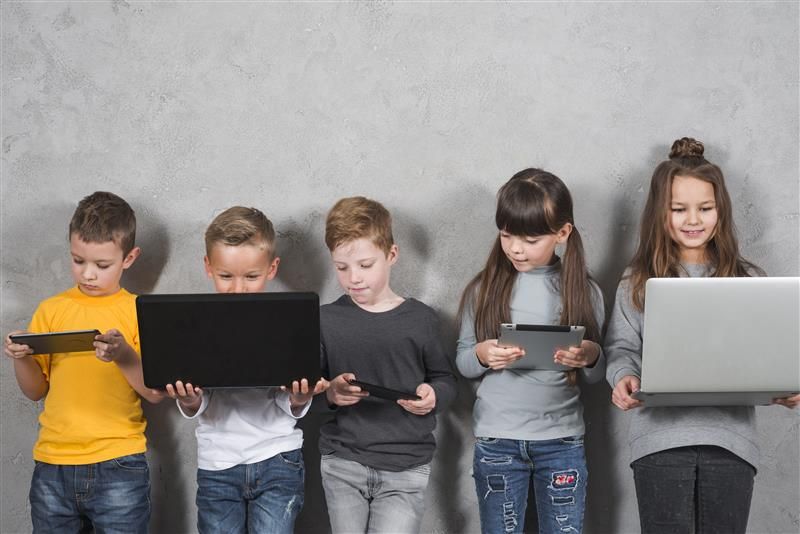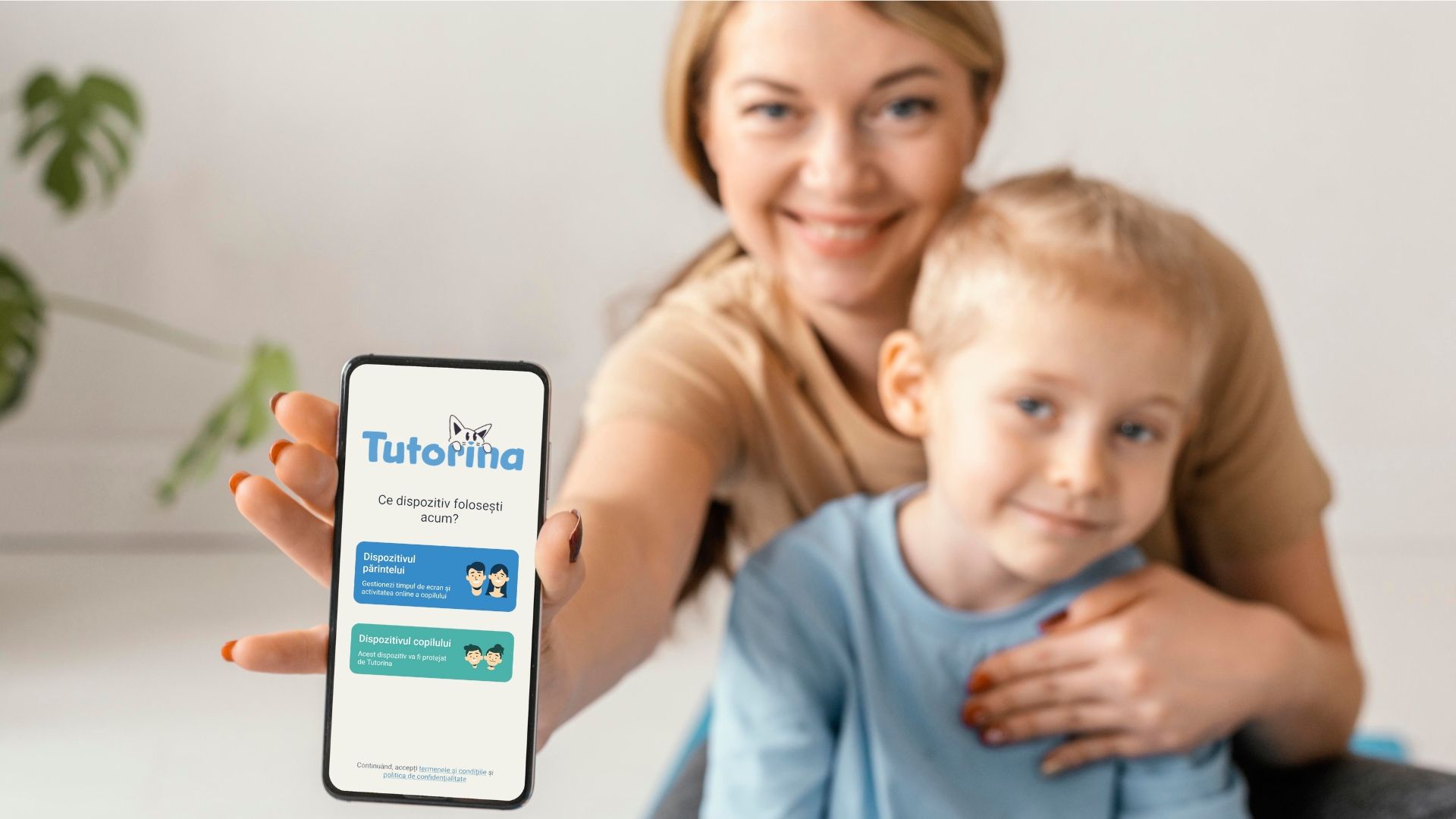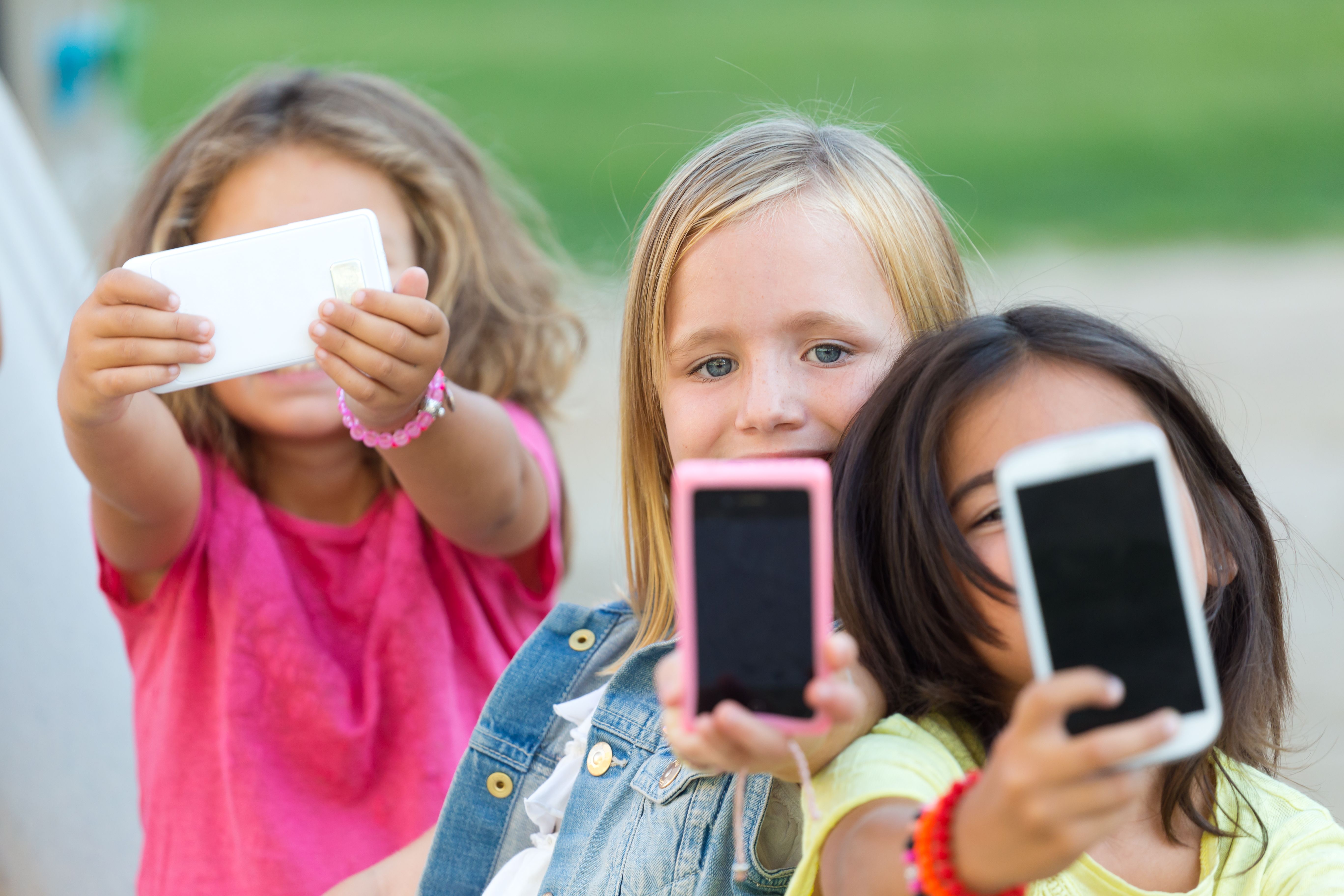digital educationonline safetydigital parenting
28.07.2025
Children and screens:How to turn a real risk into a valuable resource

In recent years, technology has become a constant presence in our children's lives. Tablets, phones, laptops, and smart TVs are part of the everyday environment of modern childhood. Many families use screens as a way to calm, entertain, or even reward their children. And in some cases, parents no longer have real control over what their child consumes in the digital environment.
However, when technology is used without supervision and guidance, consequences quickly appear—consequences that are not immediately visible but deeply affect a child's long-term development. From delayed speech to sleep problems and emotional difficulties, to low self-esteem or impulsive behavior—these are all documented effects caused by excessive and unfiltered screen exposure.
Wide access, low parental involvement
A study conducted by Save the Children Romania shows that over 96% of teenagers aged 12 to 17 use the internet daily, and almost half of them never talk to their parents about what they see online. What happens in the digital world remains, for the most part, an invisible space to adults.
Many adults don't know what their children are doing in apps, what kind of content they're consuming, or who they interact with online. Yet the consequences of this disconnection are clear: more than a third of children admit to having been exposed to violent or sexually explicit content, and their parents never found out.
How do screens affect child development?
In the early years of life, a child's brain develops at an impressive rate, stimulated especially through real interactions: eye contact, gestures, conversations, movement. When screen time replaces these fundamental experiences, visible developmental effects emerge.
Research cited by JAMA Pediatrics and UNICEF indicates that prolonged exposure (more than 4 hours/day), especially under the age of 2, is associated with delayed language development, fine motor difficulties, and weakened social skills. In short, the more a child is absorbed by the screen, the fewer opportunities they have to learn through real play, interaction, or active exploration.
In the longer term, even thinning of the prefrontal cortex has been observed—a brain region responsible for decision-making, impulse control, and empathy. This biological change is directly linked to behaviors such as increased irritability, impulsivity, and difficulty in regulating emotions.
Another often-overlooked effect is sleep disruption. Exposure to blue light from screens—especially in the evening—affects melatonin production, the hormone that regulates sleep. Children who use digital devices before bedtime fall asleep later, sleep more lightly, and wake up more tired, which leads to concentration problems, decreased academic performance, and even aggressive behavior.
Emotional and social impact: What’s not seen, but felt
As children grow, especially in preadolescence, technology begins to influence how they see themselves. Social media platforms can negatively impact body image and self-esteem, particularly in girls. Constant exposure to unrealistic standards, social comparisons, and external feedback (likes, comments) can create pressure, insecurity, and anxiety.
The Medicover Report (2023) shows a clear correlation between spending more than 3 hours a day in front of screens and an increased risk of anxiety disorders, depression, and social isolation—especially in the absence of active parental control.
Technology is not the problem. The lack of balance is.
Technology is not harmful in itself. On the contrary, it can be a valuable development tool when used in a well-structured environment. There are interactive apps for learning foreign languages, educational games that stimulate logical thinking and creativity, platforms that introduce children to STEM fields, or personalized resources for reading, writing, and math.
But all these benefits are only realized when they are chosen carefully, explained to the child, and integrated into a balanced schedule that also includes physical activity, free play, social interaction, and family time.
The parent’s role: more than a digital filter
Parental control does not mean just installing apps that block access to certain websites. Rather, it means active, daily involvement in the child’s digital life. This involves:
- setting clear limits on screen time;
- choosing content together with the child and explaining what is appropriate and what is not;
- monitoring the apps used and online interactions;
- and most importantly, having constant and open discussions about what the child sees, feels, and is concerned about.
One often ignored aspect is the personal example. If a child sees their parent always connected, answering messages during meals, or holding their phone during playtime, they will consider this behavior normal. Children don’t do what they’re told—they do what they see.
You decide whether the screen is an ally or an obstacle
Technology is not the enemy. But left to chance, in the absence of attentive adults, it can become a serious obstacle in a child’s development. With involvement, clear rules, and ongoing dialogue, technology can support the learning process, creativity, and family connection.
The responsibility is not the device’s. It’s in how you integrate it into your child’s life.


